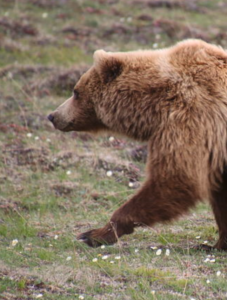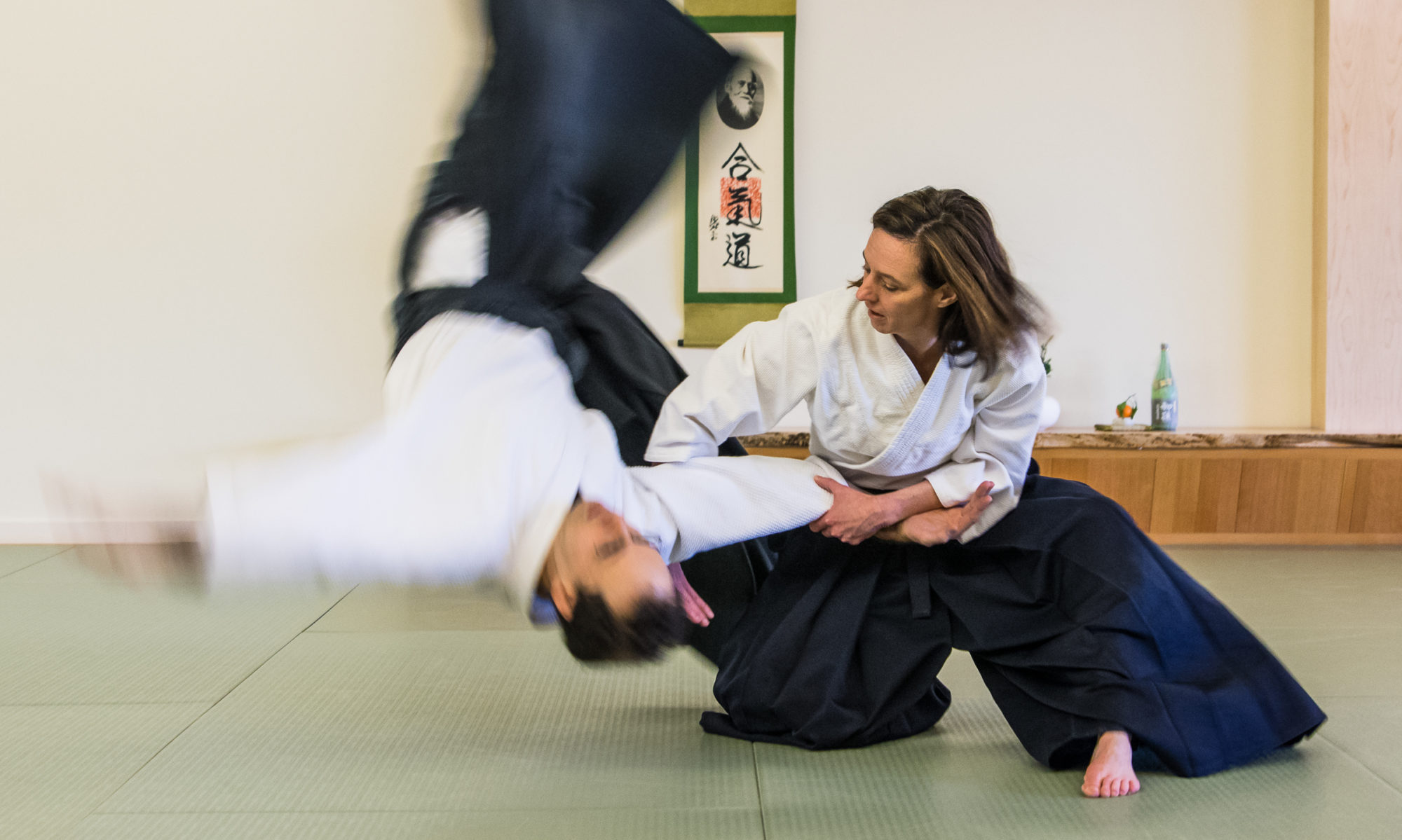 Amanda Page
Amanda Page
Humans are built to move — to connect and interact with our environment. “Natural movement,” as it is referred to in fitness circles, are deliberate movements that are related to everything that we do with our bodies throughout the day.
Why is it important?
Developing Aikido ukemi is a process of finding out how to move naturally while protecting yourself from impact or torsion. Sometimes ukemi is performed in a split second under stress. And, because the environment is always variable, including factors such as your partner’s height, strength, experience level, and maybe the speed and intensity at which they are training — as well as your mood, fitness level, and injuries — ukemi is performed differently each time.
That’s one thing that I think we all love about Aikido — that it is endlessly novel, and that there is always something to explore in the movement — in the actions and reactions with another human.
Why do you need to learn (or relearn) natural movement?
For beginners in Aikido, there is often a process of relearning how to perform natural movements that we performed as children, but our bodies have forgotten how. We usually start with back rolls, to strengthen and add flexibility to the spine, and help beginners to learn to protect their head and neck. Rolling also helps with flexibility in the hips and legs. We even perform a “baby roll” in the basics class. All by way of saying that ukemi has its basis in natural movement — in rolling, falling, and getting back up again.
But it is also highly variable. In performing ukemi, we change where our center of gravity is depending on what we are doing in that split second. We turn one way and then very quickly in the opposite direction. We turn around our nage’s center, pivot, balance, and sometimes lose that balance. We even begin to be comfortable losing our balance in some situations. And, we become mindful of our body in space, and how it is reacting to the environment in that moment.
We all know the joy in being thrown, rolling and jumping back up, or being able to stand up easily after being pinned to the mat. Some of the greatest joy in Aikido comes from in fluid natural reactions to throws, and strangely not from being the attacker.
For years we have unlearned or forgotten the movements we learned as a kid — running, falling, rolling, and jumping. We have sat too much, and maybe not played enough. Especially in the past year.
Returning to (or starting) Aikido can be stressful on the body as we try to regain our flexibility, strength, and endurance. We should start to work on maintaining the flexibility and strength to be able to continue when we can meet again and practice.
But it can be hard to exercise. Let’s face it, exercise isn’t natural. Hunter-gatherers don’t “exercise.” They just take part in the activities of life. And for a lot of people, it can be difficult because of the repetitive nature of exercise these days (ex: “5×5 deadlifts, bent overhead row, military press, 10 minutes on a treadmill”).
So, how do you get some of that novel Aikido energy right now?
Luckily, our bodies are built for these movements and we crave them. We crave the novelty and the exploration of movement, and it is instantly rewarding.
Spend some time squatting, sitting on the floor, exploring how you get down and get back up again. The next time you pick up a stray sock on the floor, or get out of bed, do it as an exploration of how you are doing that movement. Balance on one foot while you make coffee.
And play.
One of the things I have been re-discovering is the years of natural movement practice that I did when I was doing Crossfit. I was doing Olympic Lifting, but losing some flexibility and encountering issues with my body. Luckily I found a trainer at the same gym who had done some work with Ido Portal, a really famous practitioner of natural movement, whose specific flavor is based on capoeira.
He taught me all sorts of movement exercises that were completely relevant to Aikido, and my body started to be much more flexible and strong, and in a way that complimented my practice. The time I spent with them taught me that you could be both strong and flexible — that those two concepts are not mutually exclusive. It was about moving. Not “working out” necessarily, but a process for exploring the way that MY body moved, and how to influence that. It was PLAY.
I learned the value of the bear, the frog, the spiderman, and the baby crawl. We rolled, balanced, and dead-bugged, and spinal-waved our way through a few years.
And so when the first lockdown happened, and everyone was sitting at home working and not getting out, I thought that it would be helpful to work with our members to help them to keep as much flexibility as possible, and maybe to explore and play just for a bit. It’s been really great to see people stick with this and build up strength, and to see older injuries getting better.
And it’s the closest thing to Aikido play that I have found without a partner.
As always, I invite you to join in our movement play. (Aikido Mobility class is on Mondays at 6 pm and Wednesdays at 6:30 pm)
